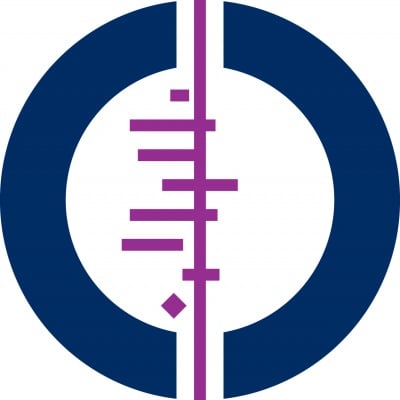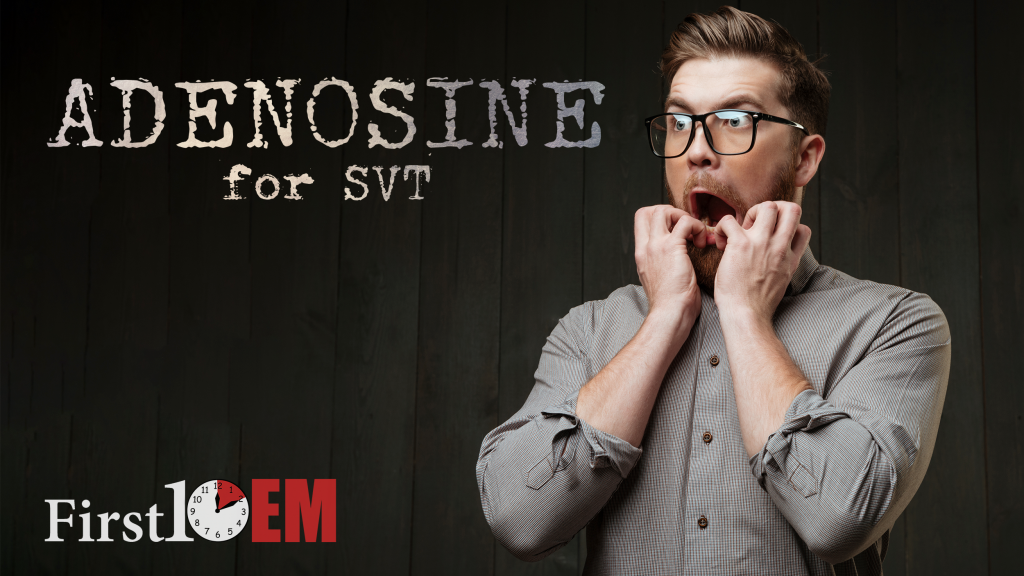- Joined
- Sep 17, 2014
- Messages
- 773
- Reaction score
- 1,456
I was having this conversation with a partner a couple days ago and I figured I'd discuss it here. I've utilized this maneuver for every single SVT patient (outside of the extremes of age and girth) I've seen since the initial study was published 4 years ago. I have yet to have it work. I am currently probably somewhere around 0 for 50+. I'm sure some will probably say I'm doing it wrong, but I have watched the video from the individuals that developed the maneuver numerous times and can confidently say that I am not doing it wrong, it just doesn't work, or doesn't work on my specific patient population. I remember having this discussion in conference during residency. I polled my fellow residents and attendings regarding their success. Several, like myself, had never seen it work, and not a single one had it work more than 1 or 2 times ever. My partner I was discussing this with said he had only seen it work once. I actually once watched a patient convert to sinus after screaming during IV placement about 2 minutes after my modified valsalva failed. That was the only time I've actually ever seen a "vagal maneuver" work.
The issue I have a hard time believing is that not only did the original study find the modified valsalva to work better than traditional vagal maneuvers, they found that it worked an amazing 40% of the time with about 20% in the control group converting to sinus. That is nearly a coin flip for its success. Maybe my patient population is smart enough to attempt vagal maneuvers at home prior to presenting to the ER and that skews my experience to individuals with refractory SVT or maybe they are more prone to refractory SVT. I have no clue, but was wondering if anyone here has actually seen it work consistently?
The issue I have a hard time believing is that not only did the original study find the modified valsalva to work better than traditional vagal maneuvers, they found that it worked an amazing 40% of the time with about 20% in the control group converting to sinus. That is nearly a coin flip for its success. Maybe my patient population is smart enough to attempt vagal maneuvers at home prior to presenting to the ER and that skews my experience to individuals with refractory SVT or maybe they are more prone to refractory SVT. I have no clue, but was wondering if anyone here has actually seen it work consistently?






